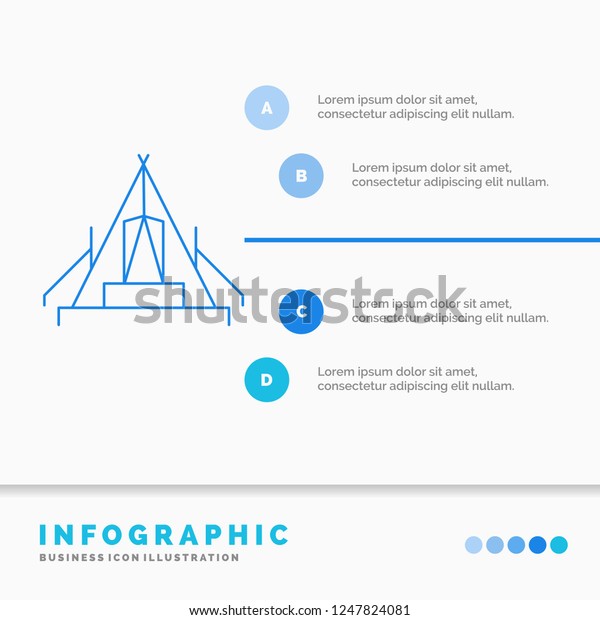How To Attract Buyers For Online Camping Tents
How To Attract Buyers For Online Camping Tents
Blog Article
Does Your Backpacking Tent Required a Footprint?
A footprint is costly and adds additional weight to your knapsack. It additionally isn't specifically long lasting.
Is a bell tent waterproof?
Inevitably, whether an outdoor tents impact is needed depends upon where and just how commonly you're camping. Generally, it's a great idea to use one if you camp on abrasive surfaces or in damp problems.
Tents with Lower Deniers and Water-proof Scores
Tents with lower deniers and waterproof ratings tend to be lighter, but they can also be extra breakable. They might call for even more regular repair services and have less interior space than harder versions. If you're an informal backpacker that suches as to travel fast and light, this might be fine; nonetheless, even more seasoned walkers recognize that compromising toughness can include huge repercussions down the trail.
The denier and waterproof ranking of an outdoor tents's cover, rainfly, and flooring can assist you determine its livability. Look for higher-denier textiles on the cover and rainfly, in addition to taped seams that help prevent water from permeating via stitches. Some makers even use heat and sealer throughout building to create a stronger joint; these are called bonded seams.
The livability of a tent can additionally be established by its flooring dimensions and capacity. An outdoor tents's flooring ought to be slightly smaller sized than the impact to avoid water from pooling under the sanctuary.
Outdoors Tents in Rough Terrain
Many backpacking outdoors tents consist of a footprint designed especially for their design, which assists ensure a correct fit and secures the camping tent's base from moisture and sharp things. Other manufacturers market universal footprints that can be reduced or folded up to match a tent's measurements.
The kind of terrain you'll run into is one more important factor to consider for choosing an outdoor tents. For example, if you'll be camping in a canyon or gully, search for a shelter that can take care of strong winds. These conditions produce turbulence that can make the distinction between appreciating your campground or suffering pain.
The capacity and optimal height of a tent offer you a good concept of its livability, however additional aspects to think about include vestibules (the area of the rainfly covering the doors) and overall storage room. For example, throughout our winter season screening of the Marmot Tungsten, its charitable 93-by-82-inch floor conveniently handled 4 sweaty backpackers and their puffier shoulder season resting bags while still leaving adequate space for gear and outdoor tent people.
Tents in Wet Issues
Even if your outdoor tents shows up dry, wetness lurks in the spaces and crannies. Over time, it can break down the fabric. That's why it's so vital to make the most of day of rest to deep-clean your camping tent and its parts, such as zipper cellular linings, stake loopholes and flexible webbing straps.
Also, ensure to pitch your outdoor tents in a flat location, not a divot or concave spot, to make sure that ground water doesn't gather between the camping tent flooring and footprint or tarpaulin. And if you're using an impact, consider a custom-cut one created for your outdoor tents's layout. It will not collect rain the way a generic ground cloth or tarpaulin can.
Practice establishing and removing your camping tent in your home prior to you hit the trail, to obtain a feel for how swiftly and successfully you can do it. Also, technique staking out your tent in different surfaces to see how simple it is (or isn't) to do in bad climate condition.
Tents in High-Rise Situations
Camping tents vary in floor size and livability. For instance, a huge tent with double doors and vestibules like Marmot's Tungsten can take care of four backpackers without needing acrobatics to get in and out or to keep equipment.
The minimum route weight specification is the most effective spec to compare designs, as it consists of the bare essentials: camping tent body, rainfly and posts. But keep in mind that the specification leaves out tent stakes, person lines and stuff sacks.
Many backpacking camping tents can stand up to a light summer storm, but some can be swept away by gale-force gusts. Try to find a model with strong poles, an elevated bathtub-style flooring and seam taping to decrease the opportunity of water leaking with. Costlier designs also have a tendency to include stronger materials that can stand up to the influence of debris and various other pressures.
Where do you put a tent on a backpack?
